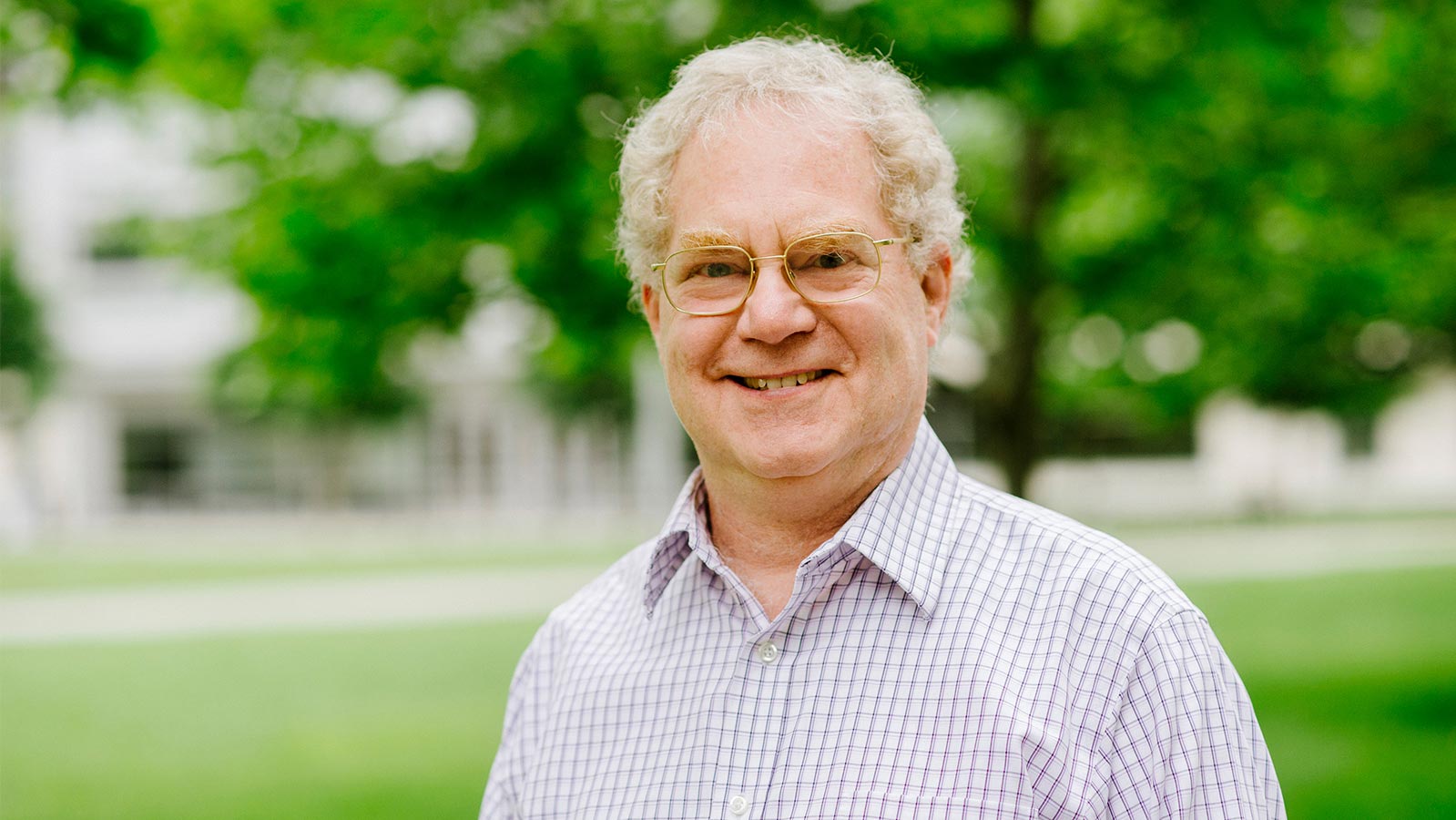Education
- PhD, 1984, University of Wisconsin, Madison
- BS, 1979, Biochemistry, Brown University
Research Summary
We use a variety of approaches to investigate several of the fundamental and conserved processes used by bacteria for propagation and growth, adaptation to stresses, and acquisition of new genes and traits via horizontal gene transfer. Our long term goals are to understand many of the molecular mechanisms and regulation underlying basic cellular processes in bacteria. Our organism of choice for these studies is usually the Gram positive bacterium Bacillus subtilis. Our current efforts are focused in two important areas of biology: 1) The control of horizontal gene transfer, specifically the lifecycle, function, and control of integrative and conjugative elements (ICEs). These elements are widespread in bacteria and contribute greatly to the spread of antibiotic resistances between organisms. 2) Regulation of the initiation of DNA replication and the connections between replication and gene expression, with particular focus on the conserved replication initiator and transcription factor DnaA. This work is directly related to mechanisms controlling bacterial growth, survival, and stress responses.Awards
- National Academy of Sciences, 2014
- American Academy of Arts and Sciences, 2008
- American Academy of Microbiology 1998
- Eli Lilly Company Research Award, 1997
Recent Publications
- Identification of insertion sites for the integrative and conjugative element Tn916 in the Bacillus subtilis chromosome. Bean, EL, Smith, JL, Grossman, AD. 2025. PLoS One 20, e0318964.
doi: 10.1371/journal.pone.0318964PMID:40378350 - An antisense RNA regulates production of DnaA and affects sporulation in Bacillus subtilis. Sedivy, EL, Smith, JL, Grossman, AD. 2025. PLoS Genet 21, e1011625.
doi: 10.1371/journal.pgen.1011625PMID:40367294 - A phage-encoded counter-defense inhibits an NAD-degrading anti-phage defense system. Loyo, CL, Grossman, AD. 2025. PLoS Genet 21, e1011551.
doi: 10.1371/journal.pgen.1011551PMID:40173202 - Identification of insertion sites for the integrative and conjugative element Tn916 in the Bacillus subtilis chromosome. Bean, EL, Smith, JL, Grossman, AD. 2025. bioRxiv , .
doi: 10.1101/2025.01.28.635231PMID:39975115 - Activation and modulation of the host response to DNA damage by an integrative and conjugative element. McKeithen-Mead, S, Anderson, ME, García-Heredia, A, Grossman, AD. 2025. J Bacteriol 207, e0046224.
doi: 10.1128/jb.00462-24PMID:39846752 - Transcription termination and antitermination are critical for the fitness and function of the integrative and conjugative element Tn916. Wirachman, ES, Grossman, AD. 2024. PLoS Genet 20, e1011417.
doi: 10.1371/journal.pgen.1011417PMID:39652596 - It's complicated: relationships between integrative and conjugative elements and their bacterial hosts. Gomberg, AF, Grossman, AD. 2024. Curr Opin Microbiol 82, 102556.
doi: 10.1016/j.mib.2024.102556PMID:39423563 - Regulation of the SOS response and homologous recombination by an integrative and conjugative element. Heredia, AG, Grossman, AD. 2024. bioRxiv , .
doi: 10.1101/2024.10.11.617942PMID:39416196 - Activation and modulation of the host response to DNA damage by an integrative and conjugative element. McKeithen-Mead, S, Anderson, ME, García-Heredia, A, Grossman, AD. 2024. bioRxiv , .
doi: 10.1101/2024.10.09.617469PMID:39416164 - Timing of integration into the chromosome is critical for the fitness of an integrative and conjugative element and its bacterial host. McKeithen-Mead, SA, Grossman, AD. 2023. PLoS Genet 19, e1010524.
doi: 10.1371/journal.pgen.1010524PMID:36780569
Multimedia

